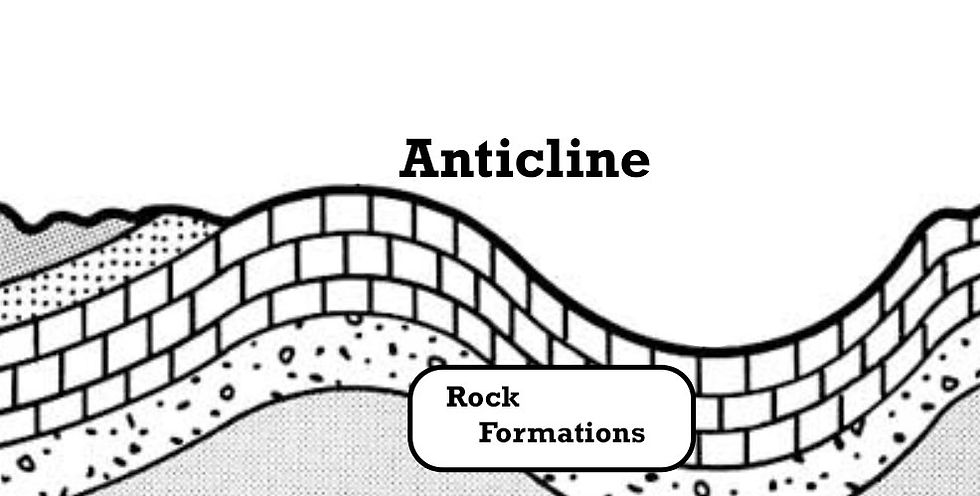My dad was a construction carpenter. In that job, a man might work long and hard for a month or so on a project, and then get laid off for a while. It was during one of these down times that my dad and a couple of his friends decided to spend a week hunting rocks “behind the Henry Mountains”.
The Henry's are actually a volcanic laccolith intrusion that is shooting up – in geological terms – north of today’s Lake Powell. But back then, Lake Powell didn’t exist because work had only just started on Glen Canyon dam. And I was just a kid about ten years old.

Our destination was the Bullfrog ranger station. It was a reliable water source between the Henry’s and the Colorado. I’m guessing that the board shack that was there back then is somewhere at the bottom of Bullfrog Bay today. Or maybe not. Bullfrog Bay isn’t what it used to be due to the 1,200 year drought in the west.
Since there was life around the spring at Bullfrog, there were lots of creepy crawly things on the ground too. My dad and I unrolled sleeping bags in the back of the truck.
I don’t remember much from when I was ten years old, but I do remember a day trip that our three-truck caravan made down Hall Creek, one canyon down from Bullfrog.
As we started down Hall Creek, it wasn’t much different from the rocky desert everywhere else. Hanging onto the bed of the truck as it bounced from rock to rock, I looked forward to hours of rattling around like a bug in a bottle under the hot sun. But it wasn’t quite like that.
Very gradually, I started seeing wet spots in the sand next to big rocks in the creek bed. Then the wet spots looked like they might have a small puddle in them. Small puddles became big puddles. Big puddles started to join up in the creek bed and there was a trickle of water going from one to the next in places. The trickle turned into a tiny stream and the stream started getting bigger.
At the peak, there was a small river. With fish in it! As our little caravan lurched down the canyon, schools of fish up to maybe three or four inches would dart for cover in ponds that almost looked big enough to swim in. The water was clear and beautiful. The bushes were lush and green. Never in my young life on the desert ………
Then the whole process gradually reversed. A stream became ponds and the ponds became wet spots and the wet spots finally disappeared entirely – all in the space of just a few miles.

Hall Creek went through an impermeable anticline in the rocks which forced the water that was always underground up to the surface. It was a very early lesson in geology … and ecology. Consider how stable and durable that little stretch of flowing water had to be for fish to even be there. I’ve thought about that day many times since then. I’m not sure any places like that exist today in the west. That’s why little fish like that are largely extinct now. All this is lost today. I was a lucky little kid to even be privileged enough to see it. The entire trip … except for the plateau between Hall Creek and Bullfrog … was probably covered by Lake Powell.
I believe in looking for silver linings. Sometimes they’re hard to find but here’s one possibility. As the level of Lake Powell sinks lower and lower, the beauty of Glen Canyon is coming back! Cathedral Gorge is an example. At Lake Powell’s high-water mark in the 1980’s, Cathedral Gorge had ceased to exist. But now it does again. A more magnificent riparian Eden does not exist.

Scientists have been amazed by how rapidly the sand and clay that had started to fill up the side canyons like Hall Creek is being eroded away again. It’s not really going anywhere. Glen Canyon Dam is still there and the water that comes out of the bottom of the dam is still clear and cold. That means the sediment is just being transferred to the parts of Lake Powell that are still there too. The life span of Glen Canyon dam will probably end when the sediment fills the lake. You and I won’t be around to see that happen, but the life of Lake Powell will be much shorter than other man-made reservoirs for that reason.
We never made it all the way to the Colorado River. I’m not sure how close we were. Hall Creek turned into a deep sand basin that not even our trucks could navigate. We had to let most of the air out of the tires to get enough traction to get out of the basin again. I considered bawling and storming about not being able to keep going, but I decided that it just wouldn’t do any good.
I clearly remember looking down toward where I knew the river was as the trucks chugged back up Hall Creek.
19 May 2022
I would have loved to have this experience, but I am glad I got to experience it through your story. That area of Utah/Arizona is amazingly beautiful.